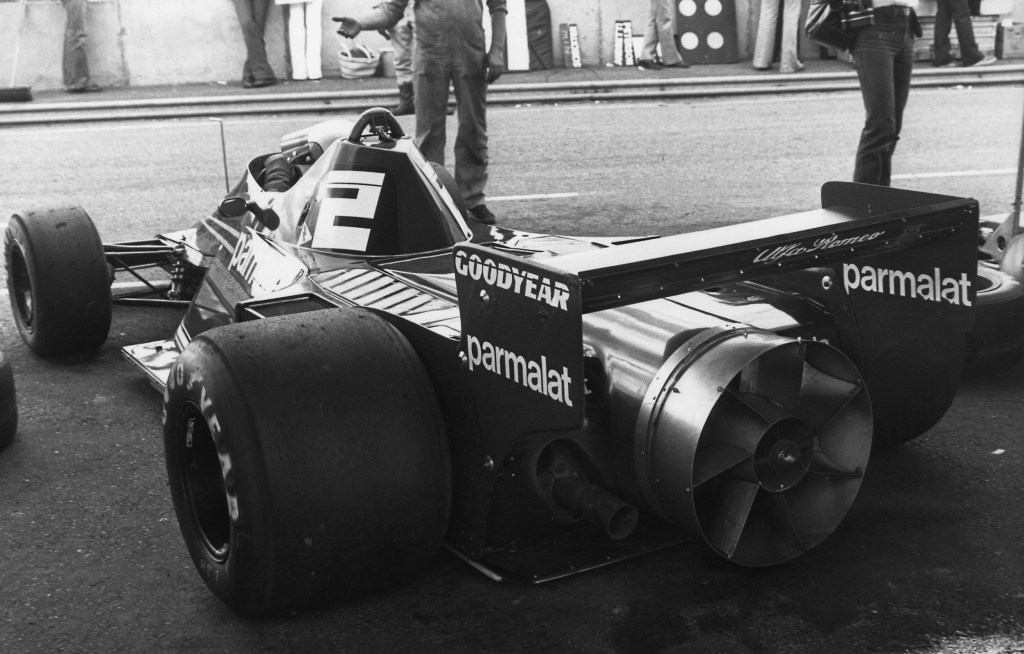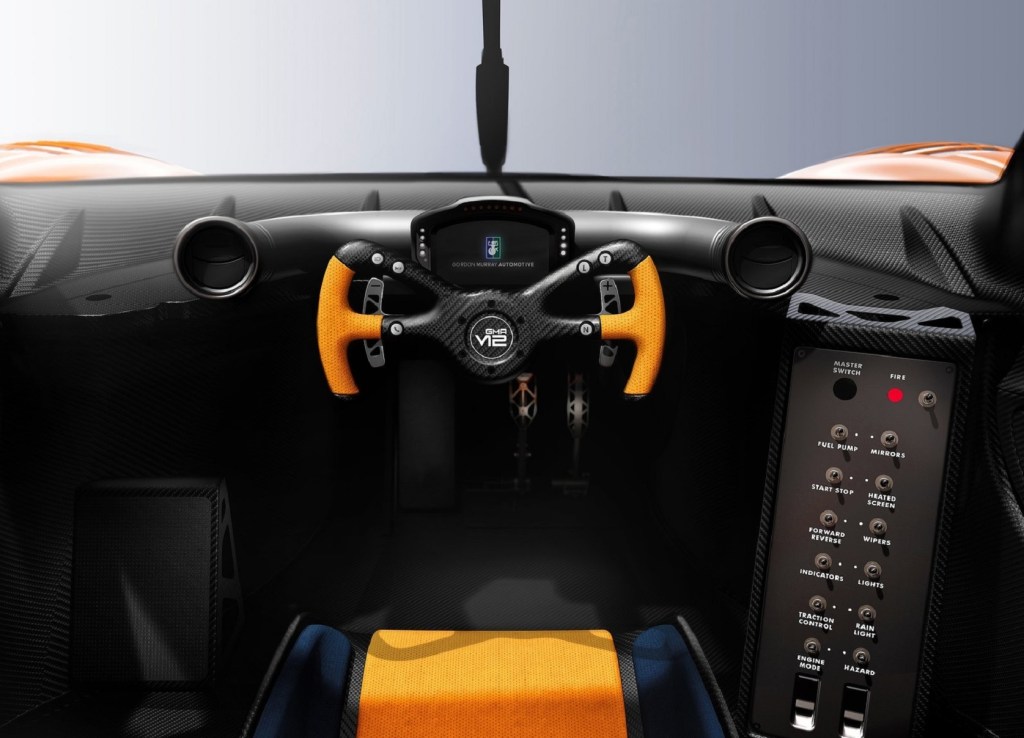
The Gordon Murray T.50s Niki Lauda Is a Birthday Tribute To a Legend
When the designer of the McLaren F1 announces he’s making a new hypercar, you pay attention. Such was the case last year when Gordon Murray unveiled the T.50. However, as technologically incredible as that car is, Murray hinted that something even more extreme was coming. And now, it’s finally here, baring a name many Formula 1 fans will recognize—the Gordon Murray T.50s Niki Lauda.
Gordon Murray pays homage to F1 icon Niki Lauda

Gordon Murray unveiled the T.50s Niki Lauda on February 22, 2021. Although Niki Lauda passed away in 2019, it would have been his 72nd birthday, Car and Driver reports. And there would have been quite a lot to celebrate.
Even if you don’t watch F1 races, you may have already heard of Andreas Nikolaus ‘Niki’ Lauda. He’s one of the main characters in the 2013 film Rush, starring Chris Hemsworth as James Hunt and Daniel Brühl as Lauda. The two racers had a long-time rivalry, The Drive reports, which helped the sport grow “into the massive TV spectacle” it is today, Autoweek reports.
Niki Lauda started in racing as a pay driver, taking out loans just to compete, Road & Track reports. But he had the skills to sign on with Ferrari and won the championship in 1975 and 1977. And while he retired in 1979, he returned to F1 in 1982 on the McLaren team, winning the championship again in 1984, Autoblog reports. Even after he retired again in 1985 and started up a series of airlines, he stayed connected to F1, often advising and supporting a pre-knighthood Sir Lewis Hamilton.
However, Lauda almost didn’t live long enough to see his second championship. As Rush depicts, he crashed at the 1976 German Grand Prix, and was trapped in his burning car, MotorTrend reports. Most of his face and ears were “burned off,” Car and Driver reports, and his lungs were “horribly scarred” in the blaze. And yet, he was back in the car just six weeks later.

Still, as incredible as Niki Lauda’s story is, Gordon Murray didn’t name the T.50s after him just because of timing. It comes from another car in Lauda’s and Murray’s shared history.
The Gordon Murray T.50s Niki Lauda should live up to its name

Before he designed the F1 and the T.50, Gordon Murray designed F1 race cars. Among them is the Brabham BT46B, aka the “‘fan car,'” which Niki Lauda drove in the 1978 Swedish Grand Prix, Autoblog reports.
That was the BT46B’s first and last race. Because immediately after Lauda won, authorities banned its downforce-generating fan. And it’s partly because the T.50s has a similar fan that Gordon Murray named the car after Lauda.

To be fair, the Gordon Murray T.50s’s fan doesn’t actually suck it down to the road, Autoweek reports. It works a bit like a vortex generator, preventing boundary-layer separation and channeling more air into the rear diffuser. The fan doesn’t generate downforce on its own per se, but rather improves the efficiency of the other downforce-generating aero features. But the fan is only one of the track-only Gordon Murray T.50s’s speed tricks.
Thanks to a redesigned carbon-fiber monocoque and body panels, lighter brakes, magnesium wheels, and a stripped-down interior, it only weighs 1878 pounds, R&T reports. That’s 295 pounds less than the road car, Top Gear reports. Only the T.50s is even more powerful.

Mounted in the middle is a modified and lightened version of the road-going T.50’s 4.0-liter V12. Thanks to individual throttle bodies, titanium valves, a ram-air intake, new cylinder heads, and an Inconel exhaust, it makes 725 hp and 375 lb-ft, MT reports. And it redlines at 12,100 RPM.
Unlike the road-going Gordon Murray T.50, the T.50s Niki Lauda doesn’t have a manual. Instead, the V12 sends power to the rear wheels via a six-speed Xtrac pre-selector paddle-shift transmission, Automobile reports. And customers can choose between two different gear sets, depending on if they prefer max speed or acceleration, Motor1 reports.
It’s a track-only, hyper-limited, hyper-expensive hypercar
Getting behind the wheel of a Gordon Murray T.50s Niki Lauda won’t be easy or cheap. The company is only building 25, each named after a different winning Murray-designed race car, The Drive reports. And each one costs $4.36 million—oh, and the passenger seat is optional.
To be fair, that price does include “all equipment and tools to run the car on the track,” Hagerty reports. Plus, a day set up the T.50s and train your technician(s). And if you need it, Gordon Murray Automotive can supply further support for T.50s drivers at future track events.
Hopefully, at least one owner will take their hypercar out to the Nurburgring and have a blast. You know, for Niki.
Follow more updates from MotorBiscuit on our Facebook page.


